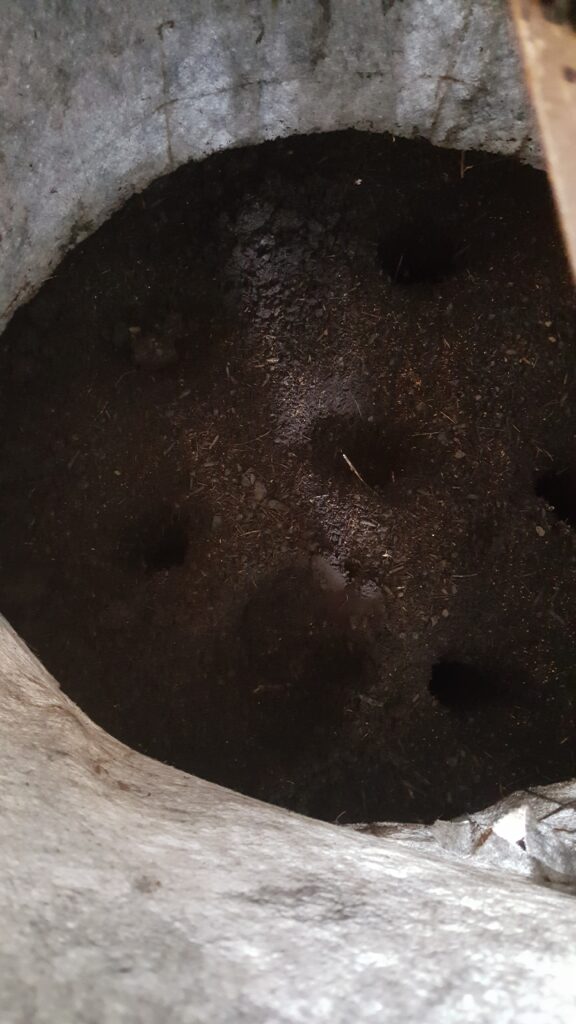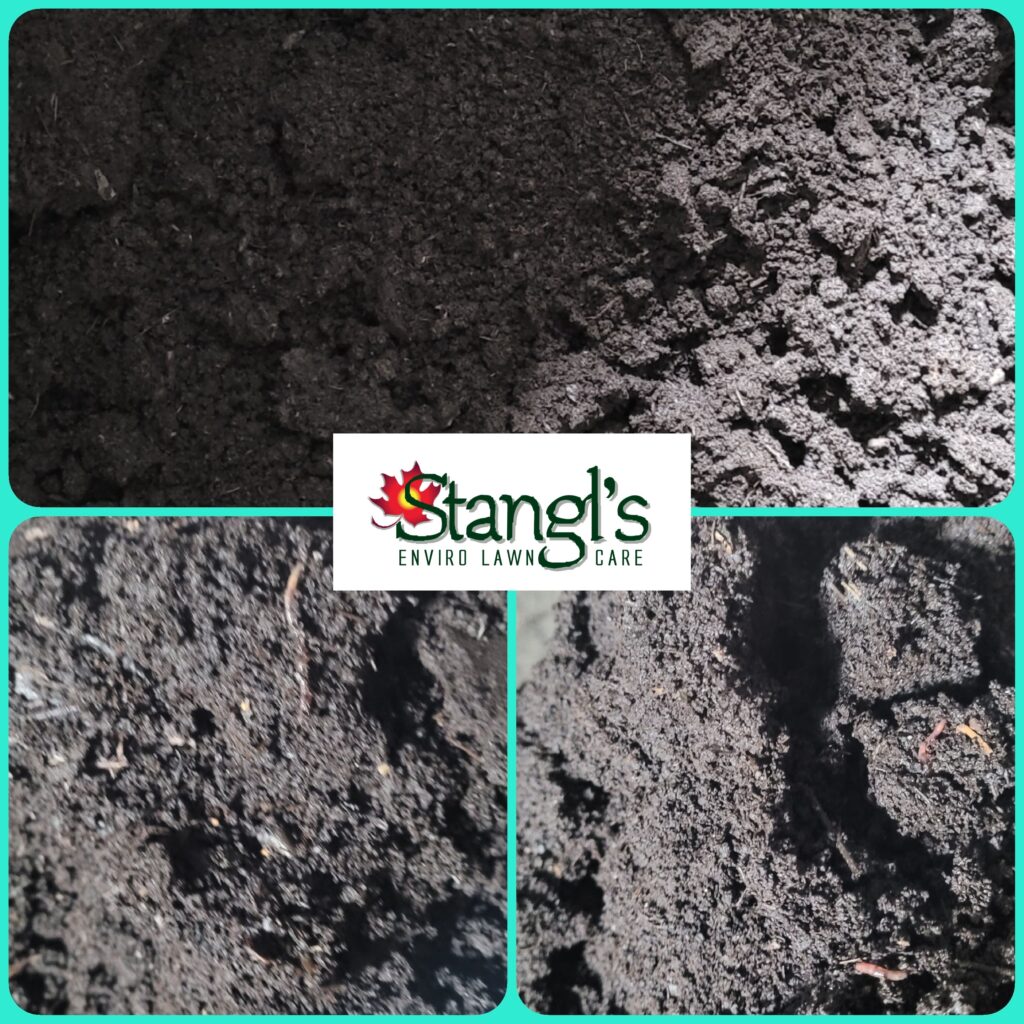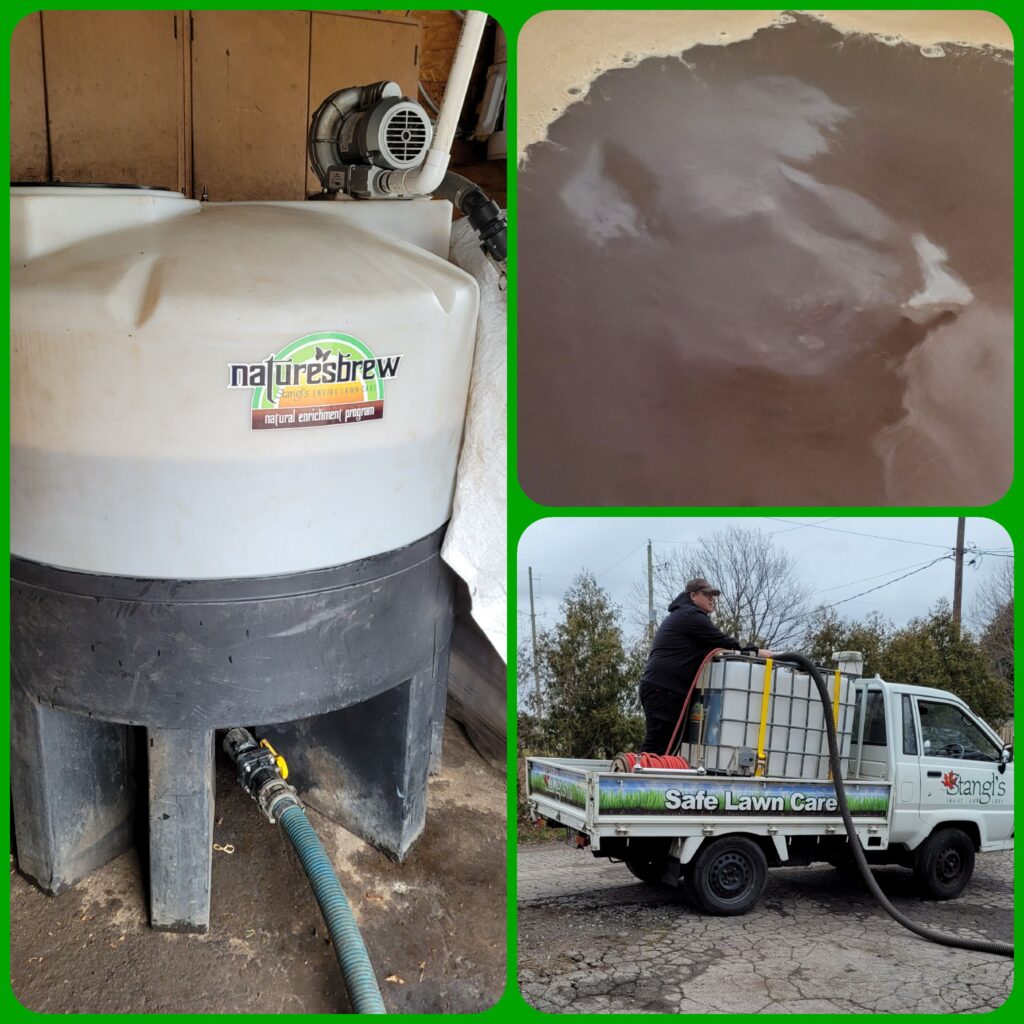From Conventional to Regenerative – A Journey of 44 Years:
My path in lawn care began in 1981, rooted in the conventional practices of the time, heavily reliant on synthetic fertilizers and pesticides to maintain the ‘perfect’ lawn. Over four decades, the industry has seen significant changes, and so has my approach. By 2009, I had transitioned Stangl’s Enviro Lawn Care to regenerative practices, recognizing the long-term harm of traditional methods on soil health and the environment.
The Microscopic Revolution (2015):
- Microscope Work: My fascination with soil biology led me to start using a microscope in 2015 to understand the life beneath our lawns. This was the beginning of a meticulous journey to quantify and qualify soil biology, marking a new chapter in my career after years of conventional practices.
- Compost Teas: Initially, we experimented with compost teas, brewing them at different durations (24hr, 48hr, 72hr) to observe changes in microbial activity. We monitored these teas for biomass ratios, which helped us understand the development of microbial communities over time.
- Trends and Data: We collected data on these teas at various stages, not just at the end of brewing but throughout the process, every 4, 8, and 12 hours, to follow trends in microbial growth and activity.
Transition to Extracts:
- Realization: By analyzing this data, we realized that extracts were more consistent and easier to control than teas, leading to a shift in our practices.
- Testing Extracts: The testing regime was rigorous; we checked the initial compost biomass, then the extract at various stages post-extraction, even extending observations beyond typical times to understand long-term microbial dynamics.
- Application Monitoring: We sampled from the spray tank at the start, middle, and end of application days, initially bi-weekly, then monthly, to track how the microbial life in our extracts performed in real-world conditions.
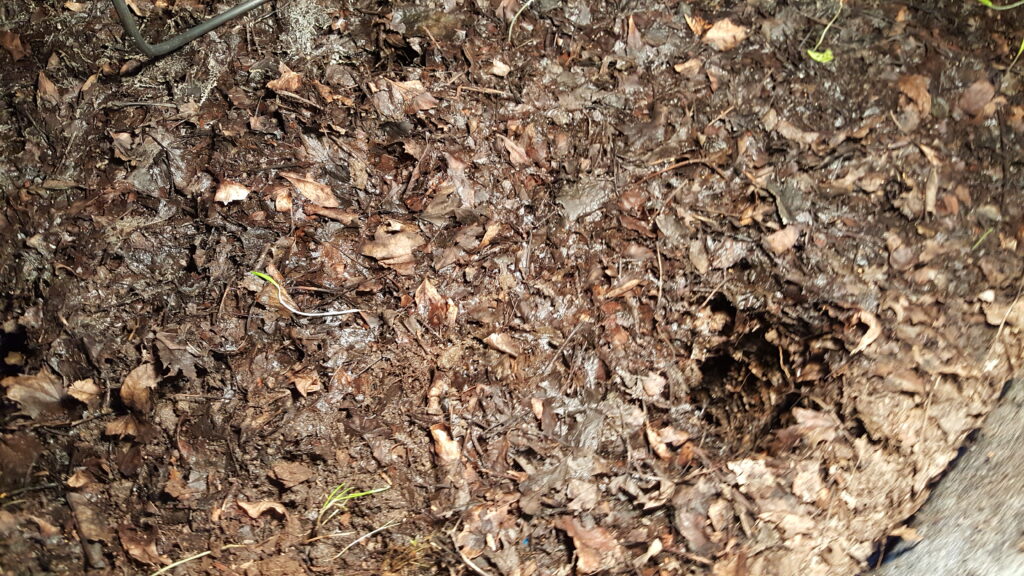
Integration of Johnson-Su Bioreactors (2017):
- Starting JS: In the fall of 2017, we began using JS Bioreactors to create fungal-rich compost from fall leaves. The simplicity of the JS method, requiring no turning, was a game-changer for us.
- Annual Composting: This became an annual ritual, utilizing the abundance of fall leaves, focusing on moisture and ensuring the compost went through its heat phase, but without worrying about specific C:N ratios, trusting in the natural microbial balancing act.
- Microbial Diversity: Our JS compost was later tested for microbial diversity, revealing an ecosystem rich with bacteria and fungi beneficial for soil health. The genomic analysis listed numerous species, from nitrifiers to phosphate solubilizers, showcasing the compost’s potential:
- Nitrification: Species like Nitrosoarchaeum limnia for nitrogen cycling.
- Phosphate Solubilizers: Including Pseudomonas putida for enhancing phosphorus availability.
- Beneficial Fungi: Like Trichoderma atroviride for disease suppression and plant growth promotion.
- Pathogens Turned Beneficial: Recognizing that in a balanced ecosystem, even potential pathogens could contribute positively.
From Lawns to Agriculture:
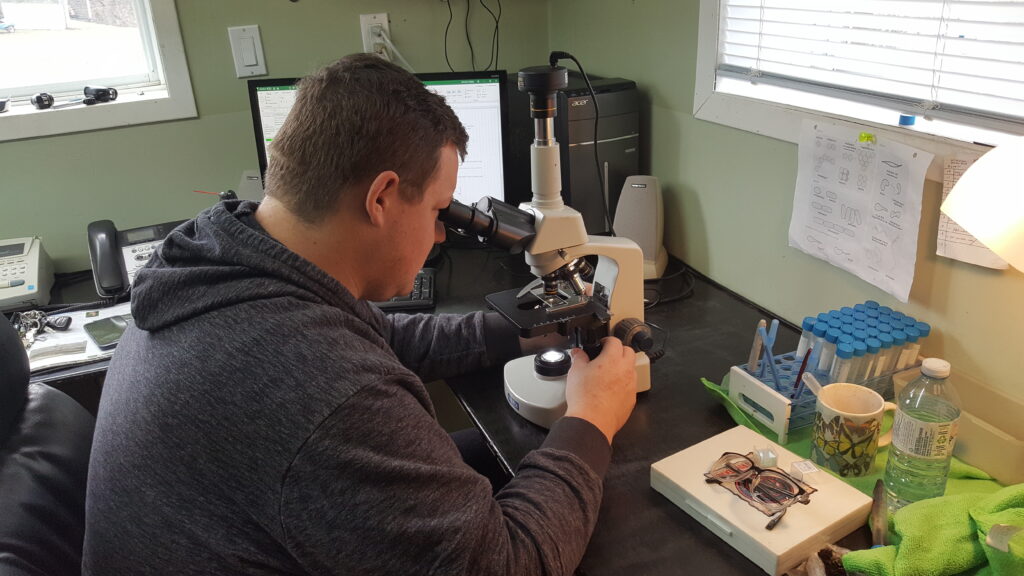
- Lawn Care Testing: Since 2015, we’ve been taking soil samples from our clients’ lawns at the beginning of each season and after treatments to benchmark and monitor soil health over time. This included observing trends in biomass ratios, especially how soils fared over winter.
- Cash Crop Trials: Our JS extracts found a new home in agriculture, particularly in corn fields with our trials at Campden Grains:
- Phosphorus Management: The JS extract was not about mining nutrients but about unlocking them through microbial activity, creating a “biome bank.”
- Yield and Economic Outcomes: Comparing JS with conventional fertilizers like Alpine G24, we achieved competitive yields with potential cost savings.
- LAB Serum: Integrating Lactobacillus Solution from a unique fermentation process for soil structure and microbial enhancement.
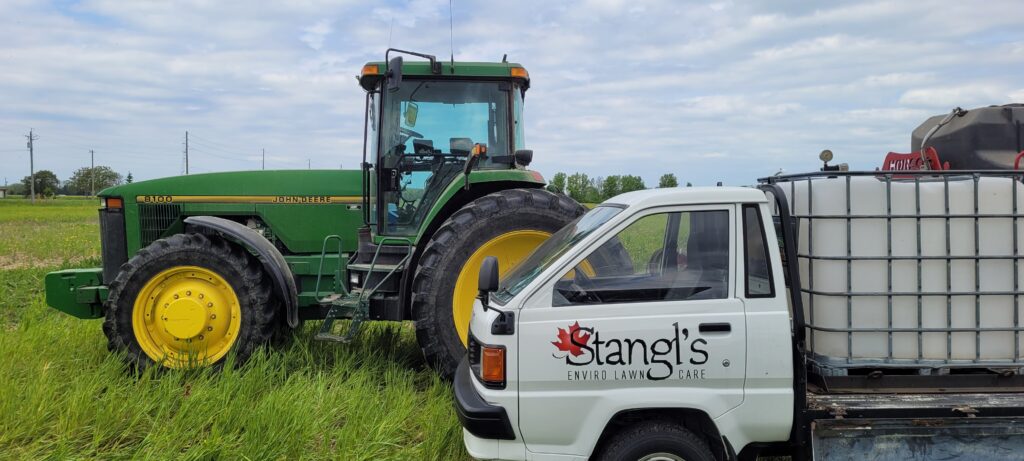
Ongoing Research and Application:
- Continuous Improvement: We’ve honed our extract processes based on the data, understanding not just the end product but the life cycle of microbial communities within.
- Future Directions: We’re committed to further trials, exploring the scalability, stress responses of crops under regenerative practices, and documenting these for broader adoption.
- Education and Sharing: Through our blog and detailed microbial test results, we aim to educate and inspire others in the industry to adopt similar regenerative practices.
Conclusion:
Reflecting on 44 years in the industry, the journey from conventional to regenerative practices has been profound. From the initial steps in 1981 to the innovative use of JS Bioreactors starting in 2017, following the results through to 2025, our work at Stangl’s Enviro Lawn Care has not only improved the health of lawns and crops but also contributed to a more sustainable approach to land management. Our story is one of evolution, learning, and a steadfast commitment to soil health as the foundation of all life above ground.
References:
